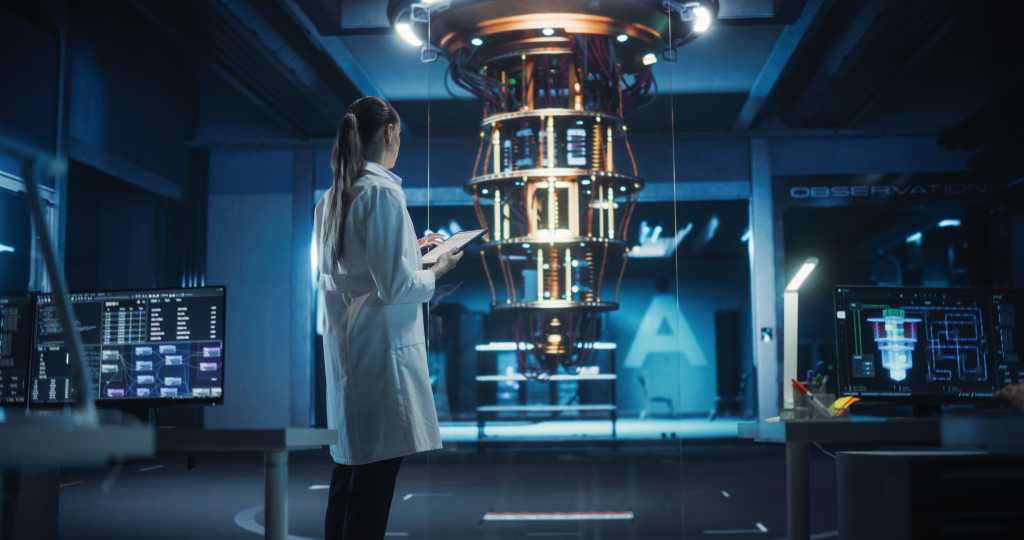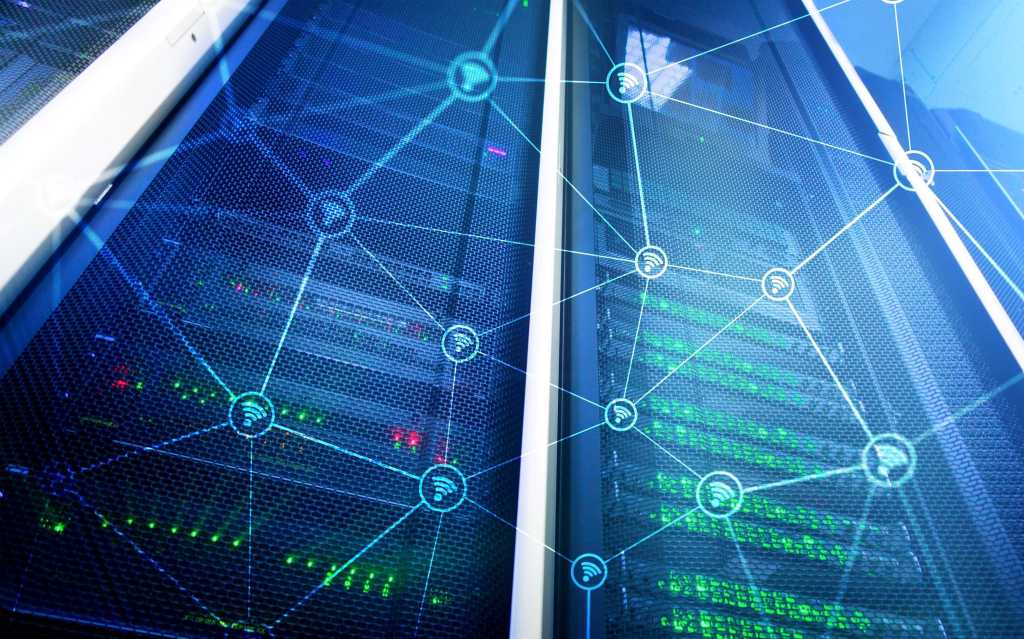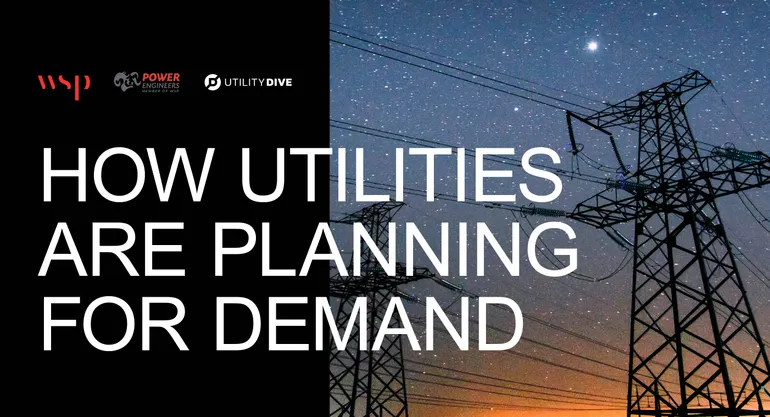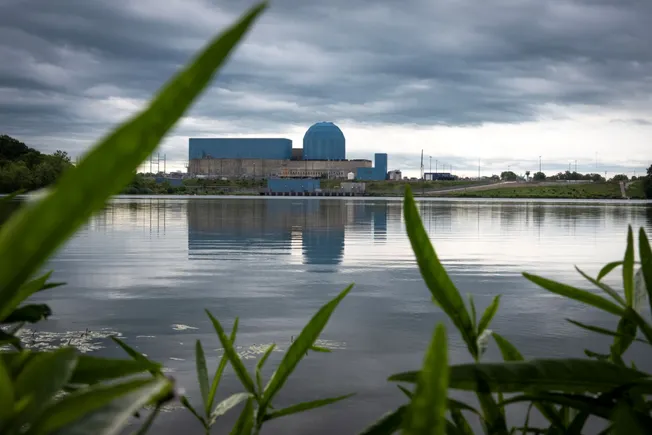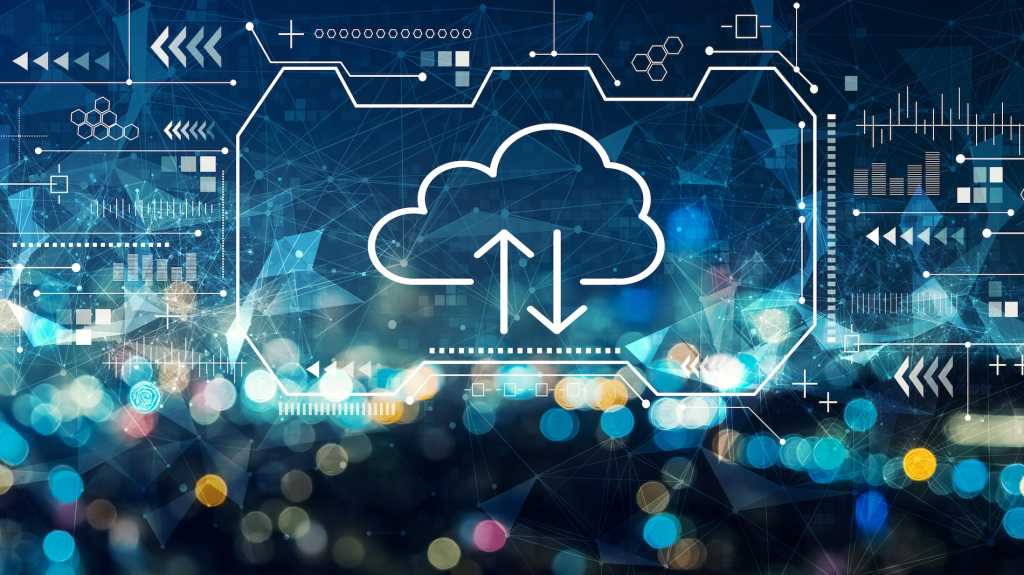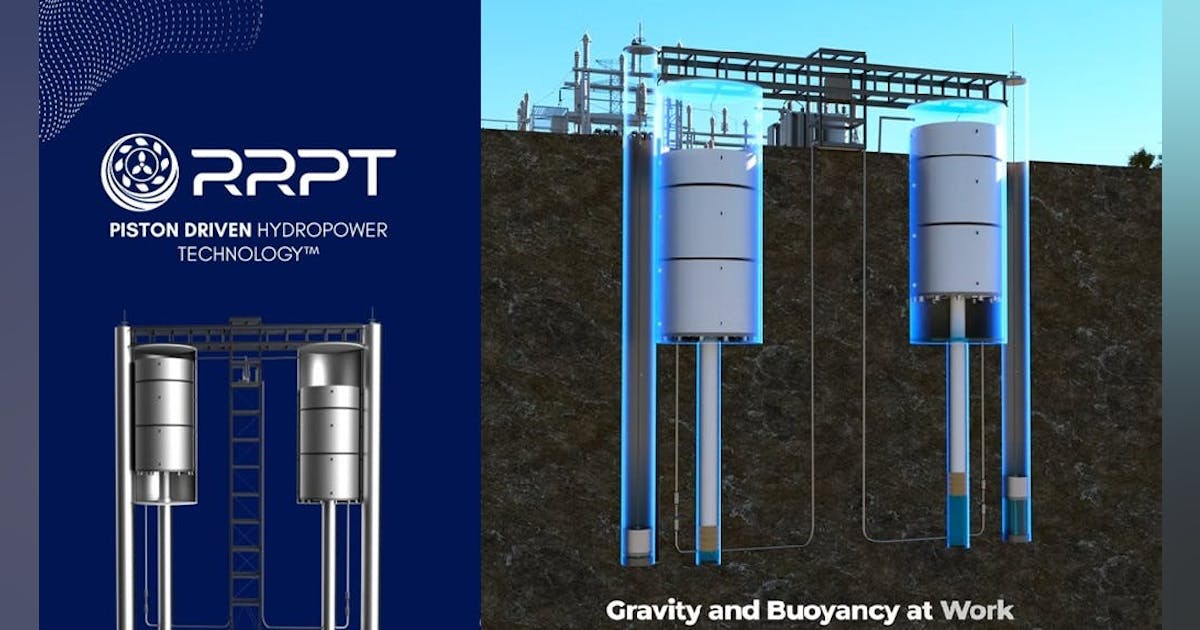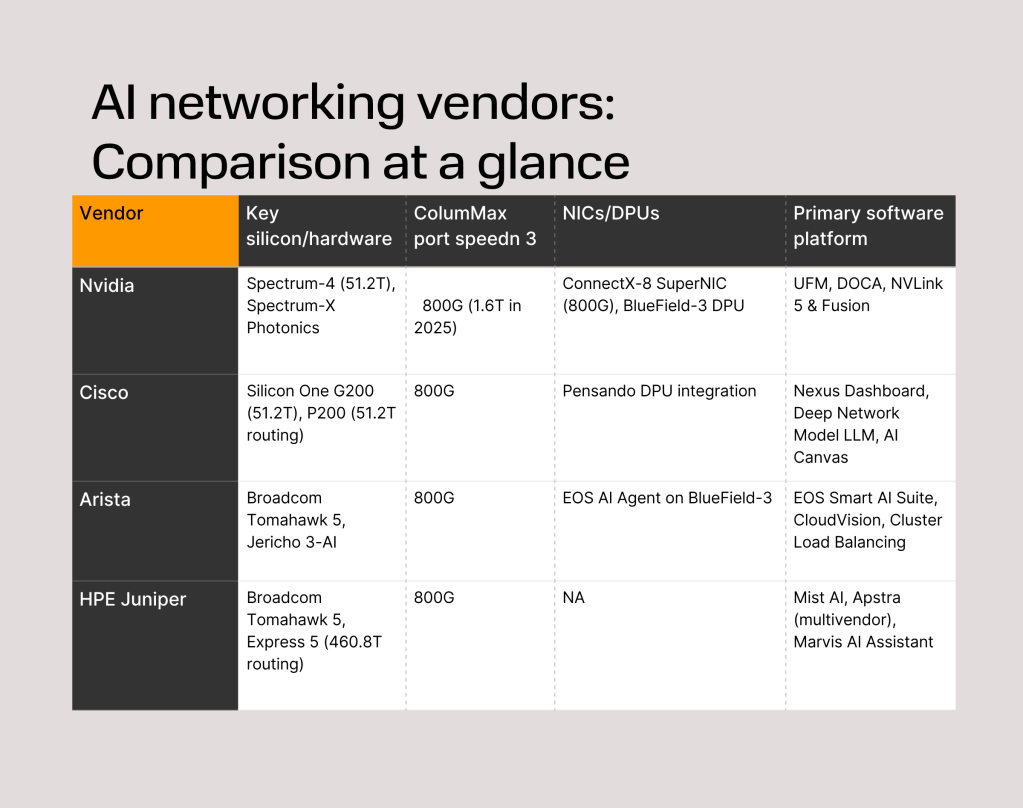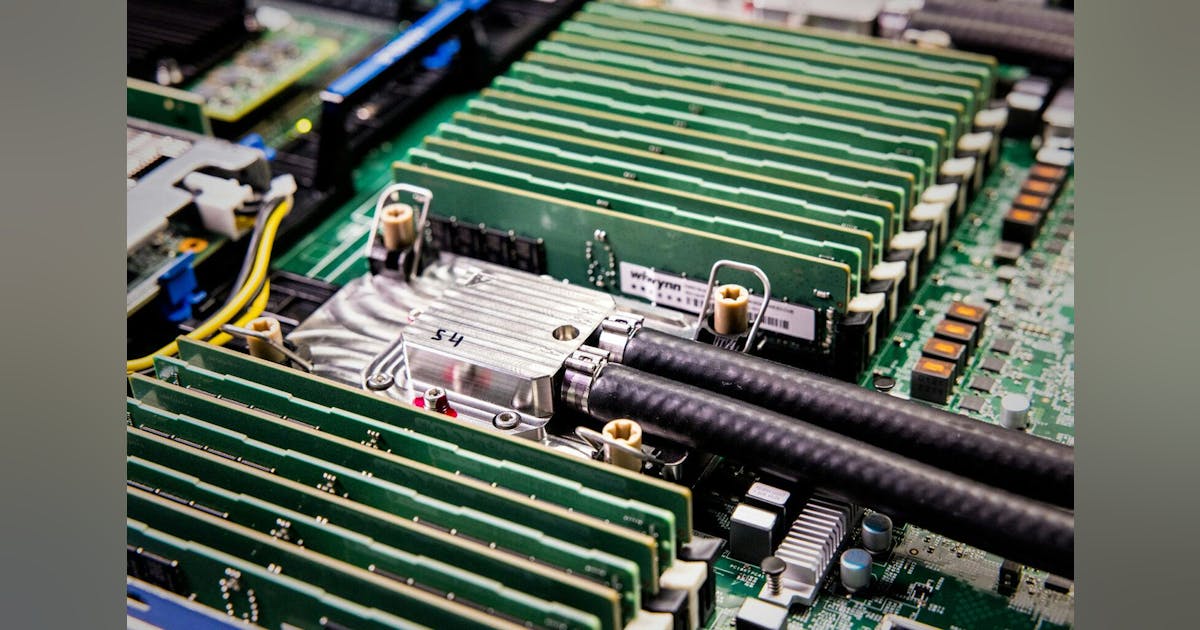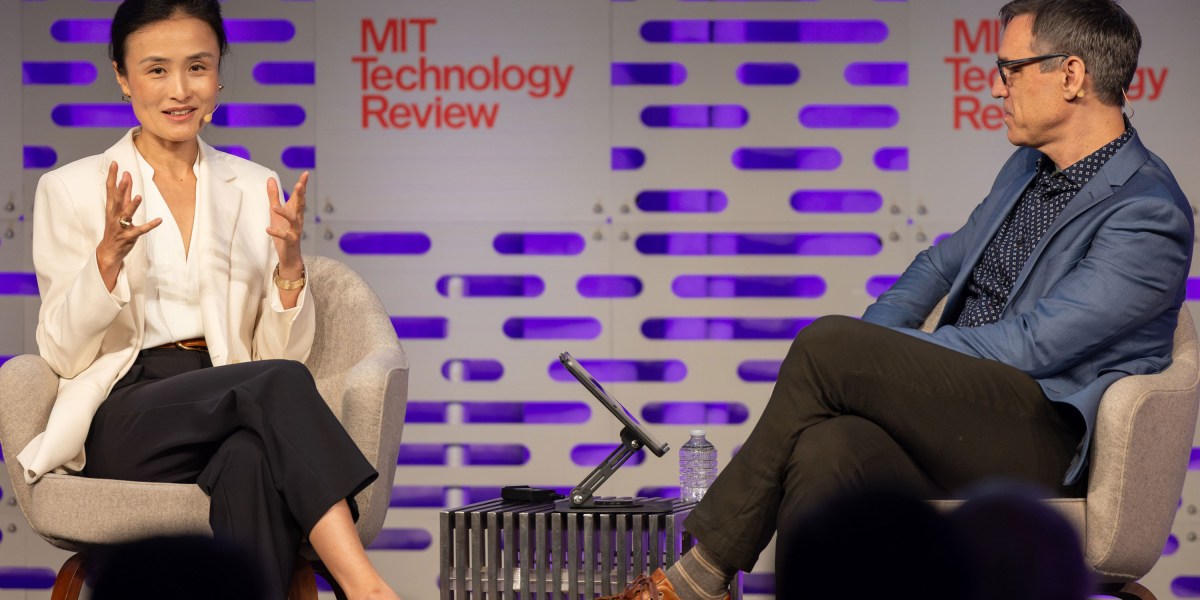
In its latest short term energy outlook (STEO), which was released on November 12, the U.S. Energy Information Administration (EIA) increased its Brent price forecast for 2025 and 2026 but still projected that the commodity will drop next year compared to 2025.
According to its November STEO, the EIA now sees the Brent spot price averaging $68.76 per barrel this year and $54.92 per barrel next year. In its previous STEO, which was released in October, the EIA projected that the Brent spot price would average $68.64 per barrel in 2025 and $52.16 per barrel in 2026.
A quarterly breakdown included in the EIA’s latest STEO projected that the Brent spot price will come in at $62.52 per barrel in the fourth quarter of this year, $54.30 per barrel in the first quarter of next year, $54.02 per barrel in the second quarter, $55.32 per barrel in the third quarter, and $56.00 per barrel in the fourth quarter of 2026.
In its previous STEO, the EIA forecast that the Brent spot price would average $62.05 per barrel in the fourth quarter of 2025, $51.97 per barrel in the first quarter of 2026, $51.67 per barrel in the second quarter, $52.00 per barrel in the third quarter, and $53.00 per barrel in the fourth quarter.
The EIA highlighted in its latest STEO that Brent crude oil spot prices averaged $65 per barrel in October, which it pointed out was $3 per barrel less than the average in September and $15 per barrel less than the average in January 2025.
“Crude oil prices fell in October as growing supplies of crude oil outweighed uncertainties related to the effect of new rounds of sanctions on Russia’s oil sector,” the EIA said in its November STEO.
“We forecast that growing global oil production and the transition to the low point of seasonal demand over the winter will accelerate the growth in global oil inventories, causing crude oil prices to continue to fall in the coming months,” the EIA warned.
“We forecast that the Brent price will drop to an average of $54 per barrel in the first quarter of 2026 (1Q26) and will average $55 per barrel in 2026. Although we expect prices to fall through the early part of 2026, our 2026 Brent outlook is $3 per barrel higher than we forecast last month,” it added.
The EIA noted in its STEO that its higher crude oil price forecast for 2026 compared with last month reflects two major factors.
“First, we now assess that China’s ongoing purchases of oil for strategic stockpiling will place more upward pressure on oil prices than we had assumed previously,” the EIA said. “Second, this forecast recognizes that the recent round of sanctions on Russia’s oil sector could result in less oil production next year than we are currently forecasting,” it added.
The EIA went on to state in its November STEO that China has added large volumes of oil to its strategic stockpiles this year.
“Because China’s inventory builds have been strategic, they have partly acted as a source of demand, limiting downward price pressures more than our estimated balances would otherwise suggest,” the EIA said.
“We estimate that China’s strategic oil inventory builds averaged 0.8 million barrels per day from January 2025 through September of this year, but that estimate is highly uncertain given the lack of visibility into inventory data in China,” it added.
“We assume that China will continue adding oil to strategic stockpiles through 2026, although at a slightly slower pace than it has this year. The pace at which China continues to purchase oil to fill inventories is a key uncertainty in our forecast, and a slowdown in these purchases would likely put downward pressure on oil prices,” it continued.
The EIA also noted in its November STEO that it assumes sanctions on Russia will primarily increase the costs and risks of shipping Russia’s oil. The EIA outlined in the STEO that it expects this will lower the prices Russian oil producers receive.
“Although the effect of sanctions on Russia’s oil exports is still unclear, we assess a slight drop in Russia’s crude oil output of about 0.1 million barrels per day in 1Q26, as we believe the global oil market will adjust to the new sanctions,” the EIA said.
“However, if sanctions result in a large reduction in oil purchases from Russia, it could cause a steeper drop in production than we are forecasting and put upward pressure on oil prices,” it added.
Inventory Increase
The EIA went on to state in its latest STEO that much of the increase in global oil inventories is based on OPEC+ increasing production in line with targets this year.
“OPEC+ began increasing production in April 2025 and has consistently increased production targets through 2026,” the EIA said.
“For much of this year, the group’s production has been close to its targets, but we expect production will begin to fall below targets in the coming months,” it added.
“On November 2, the group again confirmed plans to increase production targets through December 2025, but for the first time, announced plans to pause any further production increases through March 2026 due to lower expected seasonal demand,” it continued.
“Even taking into consideration the latest announcement, our forecast assumes OPEC+ production will average about 1.3 million barrels per day below its latest targets next year given the expectation of substantial global oil inventory builds,” it stated.
In its November STEO, the EIA projected that global oil inventories will increase by an average of 2.2 million barrels per day in 2026, “compared with an average annual increase of 1.8 million barrels per day in 2025”.
“Inventory builds will be highest in 4Q25 and 1Q26, averaging 2.7 million barrels per day over that time,” the EIA warned.
“Strong inventory builds could fill commercial storage options on land, which would prompt market participants to increasingly seek other, more expensive options for storing crude oil, such as floating storage,” it added.
“As a result, some of the crude oil price declines will likely reflect the higher marginal cost of storage. We also assume some portion of those oil inventory builds go into strategic stockpiles in China, which limit downward price pressures,” it continued.
“We forecast that inventory builds will moderate later in 2026 due to a combination of higher global oil demand and slightly lower oil production growth, both in response to lower oil prices,” the EIA said.
In a statement sent to Rigzone by the Enverus team on Wednesday, Enverus subsidiary Enverus Intelligence Research (EIR) announced that it has lowered its Brent crude forecast by $5 per barrel for 2026 to an annual average of $55 per barrel, citing “aggressive OPEC+ supply growth and OECD inventories nearing three billion barrels, levels last seen during the 2015 shale war and 2020 Covid-19 downturn”.
“Despite geopolitical risk, the expectations for future stock levels offer downward price pressure for oil early 2026,” EIR Director Al Salazar said in the statement.
“Inventories will swell, and while Russian oil sanctions could offer upside, they remain outside our base case,” he added.
Price Drop
In a report sent to Rigzone on Thursday by the Skandinaviska Enskilda Banken AB (SEB) team, SEB Chief Commodities Analyst Bjarne Schieldrop highlighted that Brent crude fell 3.8 percent yesterday to $62.71 per barrel.
“With that Brent has eradicated most of the gains it got when the U.S. announced sanctions related to oil sales by Rosneft and Lukoil on 22 October,” Schieldrop pointed out in the report.
“Just before that it traded around $61 per barrel and briefly touched $60.07 per barrel. The U.S. sanctions then distorted the reality of a global market in surplus. But reality has now reemerged,” Schieldrop added.
“Now we are almost back to where we were pre the U.S. sanctions announcement,” Schieldrop went on to state.
In a separate comment sent to Rigzone on Thursday, XMArabia Analyst Nadir Belbarka noted that “OPEC’s latest Oil Market Report signals a balanced market by 2026, replacing earlier concerns about shortages”.
“Rising production from OPEC+, the U.S., and Brazil is outpacing demand, echoing IEA [International Energy Agency] findings and driving global stockpiles higher,” he added.
“This fundamental loosening is pressuring futures markets, with prices unable to hold above key resistance levels despite brief rebounds tied to U.S. refinery activity,” he continued.
Belbarka went on to state in the comment that weak economic data from China and Europe continues to weigh on demand heading into early Q1-2026.
“Political developments, including Donald Trump’s comments on expanding offshore drilling and potential regulatory actions, have added to supply-side concerns. Soft U.S. services and industrial output further dampen demand expectations,” he said.
“Upcoming U.K. GDP data will be closely watched; any downside surprise could amplify global demand worries and push crude prices lower in the near term,” Belbarka warned.
To contact the author, email [email protected]

